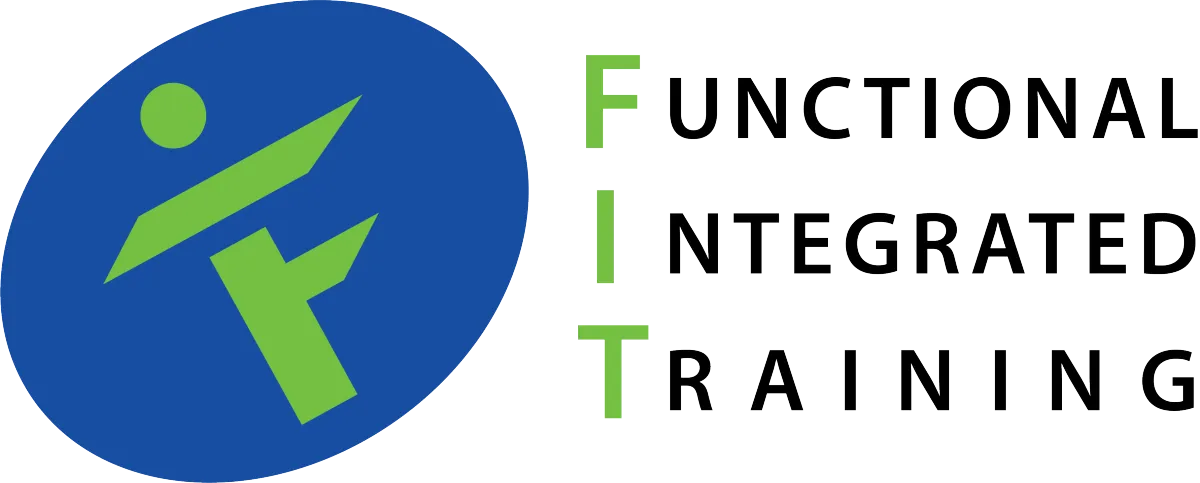STRENGTH TRAINING BLOG

Top Isometric Training for Strength and Mobility in Adults
Rediscover Mobility: The Role of Isometric Training in Adult Health
Blog Description:
Improve mobility, strength, and stability with isometric training at Functional Integrated Training in Fitchburg, WI. Learn how our expert coaching helps adults move better, reduce pain, and stay active. Click "Request More Information" to get started today!
Aging brings many challenges, and reduced mobility is one of the biggest concerns for adults. Stiff joints, muscle weakness, and chronic pain can make even simple tasks feel difficult. This decline in movement often leads to a cycle of inactivity, resulting in further weakness and discomfort. At Functional Integrated Training in Fitchburg, WI, we understand the frustration that comes with losing mobility. That’s why we incorporate isometric training into our fitness programs—helping adults regain strength, improve stability, and move with confidence.
What Is Isometric Training?
Isometric training involves static exercises where muscles are engaged without movement. Unlike traditional weightlifting, where you push or pull through a range of motion, isometric exercises require holding a position under tension for a set period. This method builds strength while minimizing strain on the joints, making it an excellent choice for adults looking for a safe and effective way to exercise.
Why Isometric Training Works for Adults
Many adults struggle with conventional workouts due to joint pain, past injuries, or mobility limitations. Isometric exercises offer a low-impact way to build strength, improve posture, and enhance endurance. These exercises target specific muscle groups and are highly effective for anyone looking to improve stability and flexibility without excessive stress on the body.
Benefits of Isometric Training for Adults
1. Builds Strength Without Strain
One of the biggest advantages of isometric training is its ability to build muscle strength without putting unnecessary pressure on the joints. Since these exercises involve holding a position rather than repetitive movement, they allow muscles to contract fully without excessive wear and tear. This is especially beneficial for individuals dealing with arthritis, joint pain, or previous injuries.
2. Improves Posture and Stability
Poor posture is a common issue among adults, especially those who spend hours sitting at a desk. Isometric training strengthens the core, back, and stabilizing muscles, leading to better posture and reduced strain on the spine. Exercises like planks and wall sits help reinforce proper alignment and prevent back pain.
3. Enhances Joint Health
Joints weaken over time due to inactivity, but isometric training strengthens the muscles around joints, providing better support and reducing the risk of injuries. Regularly engaging in these exercises can help alleviate knee, hip, and shoulder discomfort by improving joint stability.
4. Supports Cardiovascular Health
Holding static positions requires effort, and this sustained muscle engagement can have positive effects on cardiovascular health. Isometric exercises help regulate blood pressure and improve circulation, making them an excellent addition to a heart-healthy lifestyle.
5. Boosts Endurance and Muscle Control
By training muscles to sustain contractions over time, isometric exercises improve endurance and overall muscular control. This translates to better performance in everyday movements, from walking and lifting groceries to climbing stairs with ease.
6. Reduces the Risk of Injuries
Since isometric exercises do not require dynamic movement, they minimize the risk of strain or injury compared to traditional strength training. This makes them an ideal choice for adults looking to build strength safely.
Best Isometric Exercises for Mobility and Strength
At Functional Integrated Training in Fitchburg, WI, we incorporate a variety of isometric exercises into our strength programs. Here are some of the most effective ones:
1. Plank
Target Areas: Core, shoulders, back
How to Do It:
Get into a push-up position, keeping your forearms on the floor.
Keep your body straight and hold the position for 30–60 seconds.
Engage your core and avoid letting your hips drop.
2. Wall Sit
Target Areas: Quadriceps, hamstrings, glutes
How to Do It:
Stand with your back against a wall and slide down until your knees are at a 90-degree angle.
Hold the position for 30 seconds to 1 minute.
Keep your weight evenly distributed on both feet.
3. Static Lunge Hold
Target Areas: Legs, glutes, core
How to Do It:
Step forward into a lunge position and hold for 20–30 seconds.
Switch legs and repeat.
Keep your back straight and engage your core.
4. Isometric Glute Bridge
Target Areas: Glutes, lower back, hamstrings
How to Do It:
Lie on your back, bend your knees, and lift your hips.
Squeeze your glutes and hold the position for 30–45 seconds.
5. Shoulder Press Hold
Target Areas: Shoulders, arms, core
How to Do It:
Hold a pair of dumbbells or resistance bands at shoulder height.
Press upward slightly without locking your elbows and hold for 20 seconds.
How to Incorporate Isometric Training into Your Routine
To get the most out of isometric training, follow these key guidelines to build strength, improve mobility, and prevent injury. Consistency and proper technique are essential for long-term results.
Start with Short Holds and Progress Gradually
If you’re new to isometric training, begin with shorter holds (15–30 seconds) to allow your muscles to adapt. Over time, gradually increase the duration and intensity as your strength improves.
Maintain Proper Form
Good form prevents injuries and ensures maximum muscle engagement. Keep your core tight, maintain a neutral spine, and avoid unnecessary tension in your neck or shoulders during each hold.
Combine with Other Training Methods
For a balanced fitness routine, pair isometric exercises with dynamic movements like stretching, resistance training, or low-impact cardio. This combination improves both strength and flexibility.
Stay Consistent
Like any workout, consistency is key. Aim for at least 3–4 sessions per week to experience noticeable improvements in mobility, strength, and endurance over time.
Why Choose Functional Integrated Training?
At Functional Integrated Training in Fitchburg, WI, we design personalized programs that integrate isometric training with other strength-building exercises. Our expert coaches help adults improve mobility, build strength, and enhance overall well-being through safe and effective fitness techniques.
What We Offer:
Personalized training plans customized to your fitness level
Expert guidance to ensure proper form and technique
A supportive environment to keep you motivated
Whether you’re looking to increase mobility, reduce pain, or build strength, our team is here to help.
Take the Next Step Toward Better Mobility
Are you ready to improve your mobility and strength with isometric training? At Functional Integrated Training in Fitchburg, WI, we provide expert coaching to help you reach your fitness goals.
Click the “Request More Information” button on our website and start your journey to better movement, strength, and overall health today!





